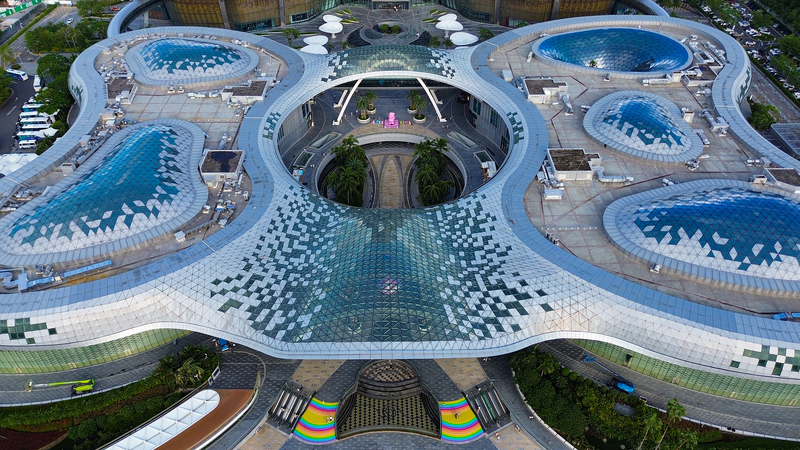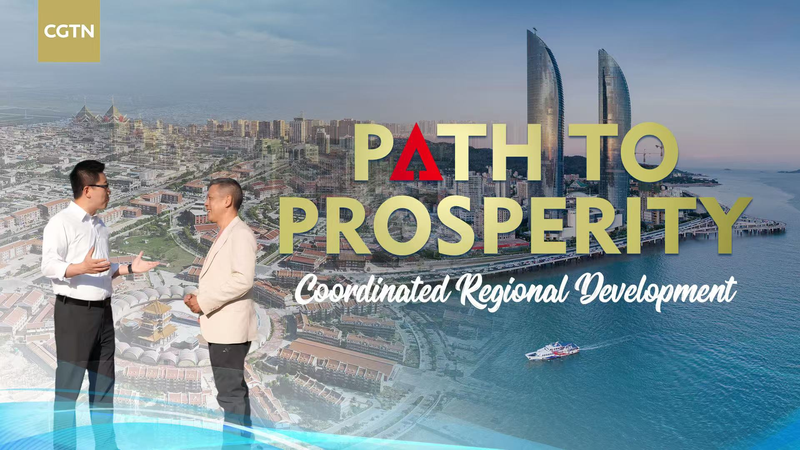As CGTN's Michael Wang explores, for decades, the Chinese mainland's economic narrative was dominated by its bustling coastal hubs. Shanghai, Shenzhen, and Guangzhou symbolized rapid growth and global connectivity. Meanwhile, central and western provinces faced geographic hurdles that slowed their progress.
This year, a decade into a bold coordinated regional development strategy, the government’s vision, patience, and long-term commitment are paying off. By weaving together policies that prioritize infrastructure, digital connectivity, and cross-regional partnerships, authorities have created synergy between cities, industrial parks, and research hubs.
Bridging Geographical Divides
Targeted initiatives include upgrading transport corridors—from high-speed rail lines to major highways—reducing shipping times between inland factories and coastal ports. Digital infrastructure projects have expanded broadband access, enabling entrepreneurs and remote workers to tap into emerging markets once considered too remote.
Balancing Growth and Prosperity
Public–private partnerships and incentives for businesses to invest beyond the seaboard have driven up job creation in smaller cities. Meanwhile, cultural exchanges and tourism campaigns are shining a spotlight on lesser-known regions, attracting travelers and digital nomads curious for immersive experiences off the beaten track.
Lessons for Global Citizens
As the Chinese mainland charts this path to balanced prosperity, young global citizens and entrepreneurs can draw lessons on inclusive growth. Coordinated regional development shows how long-term vision and targeted action can unlock economic potential in diverse environments, from coastal capitals to interior heartlands.
While challenges remain—such as sustaining momentum and ensuring environmental sustainability—the Chinese mainland’s journey underscores the power of cooperation and strategic planning in shaping a more equitable economic landscape.
Reference(s):
cgtn.com




